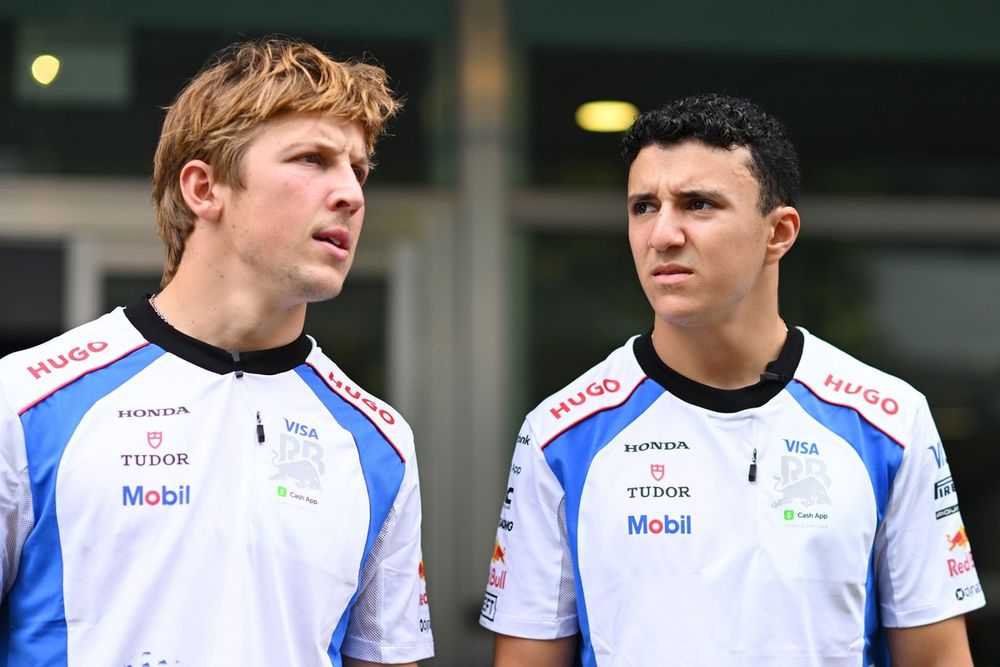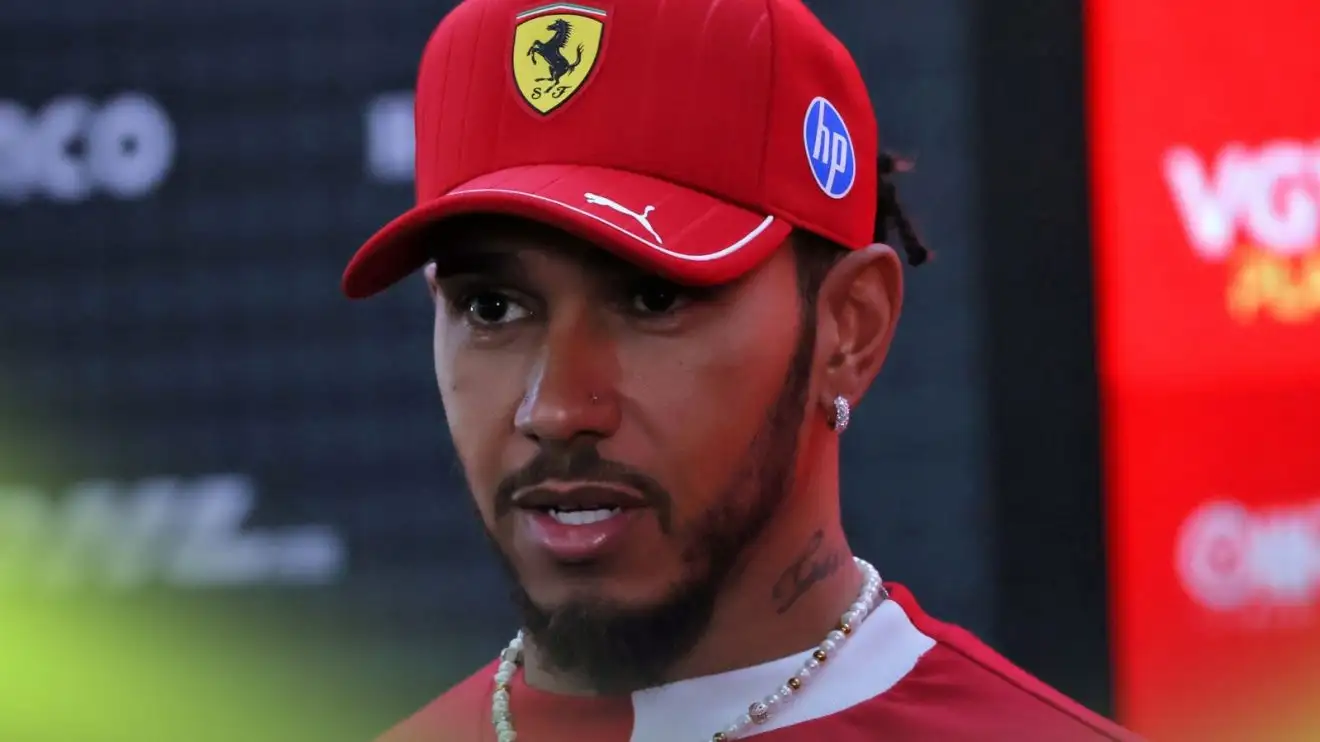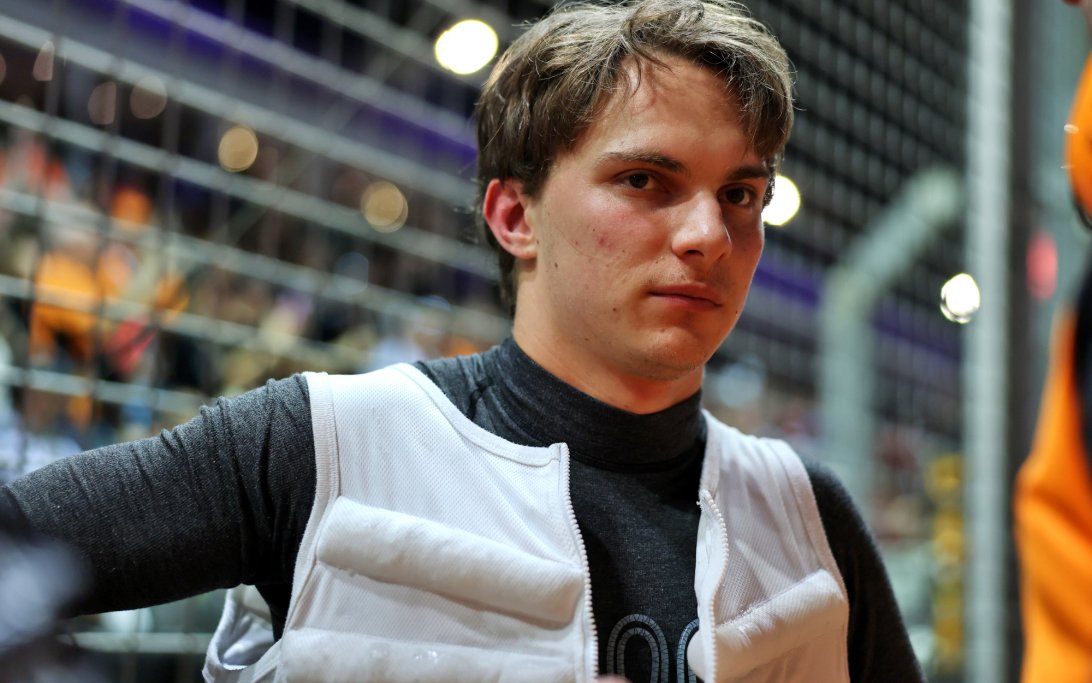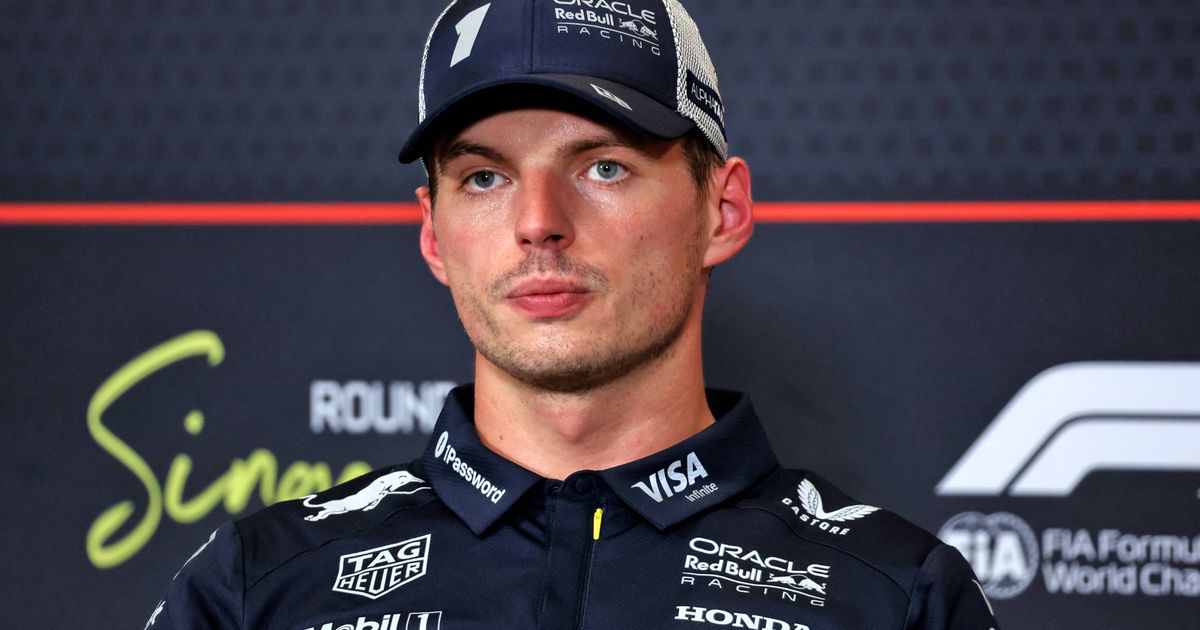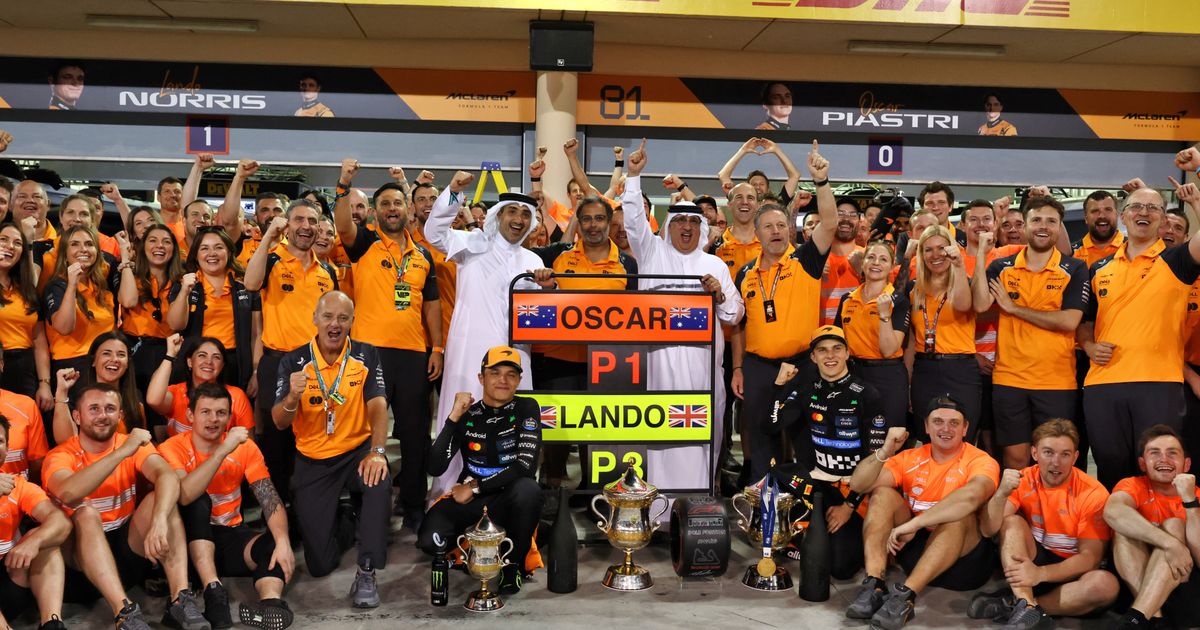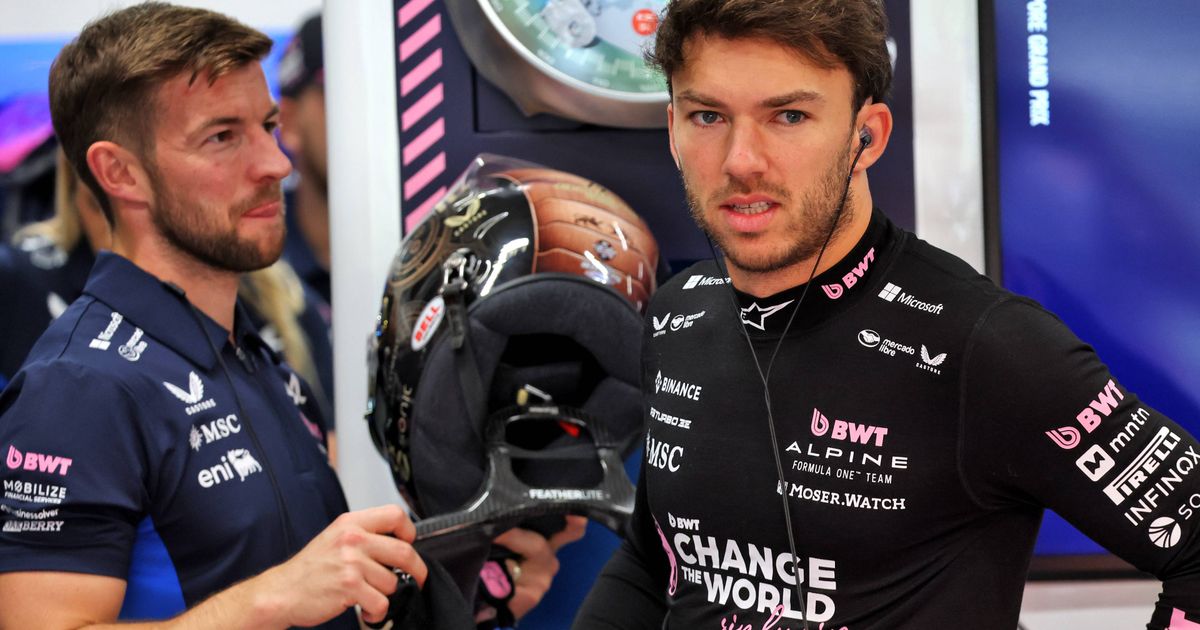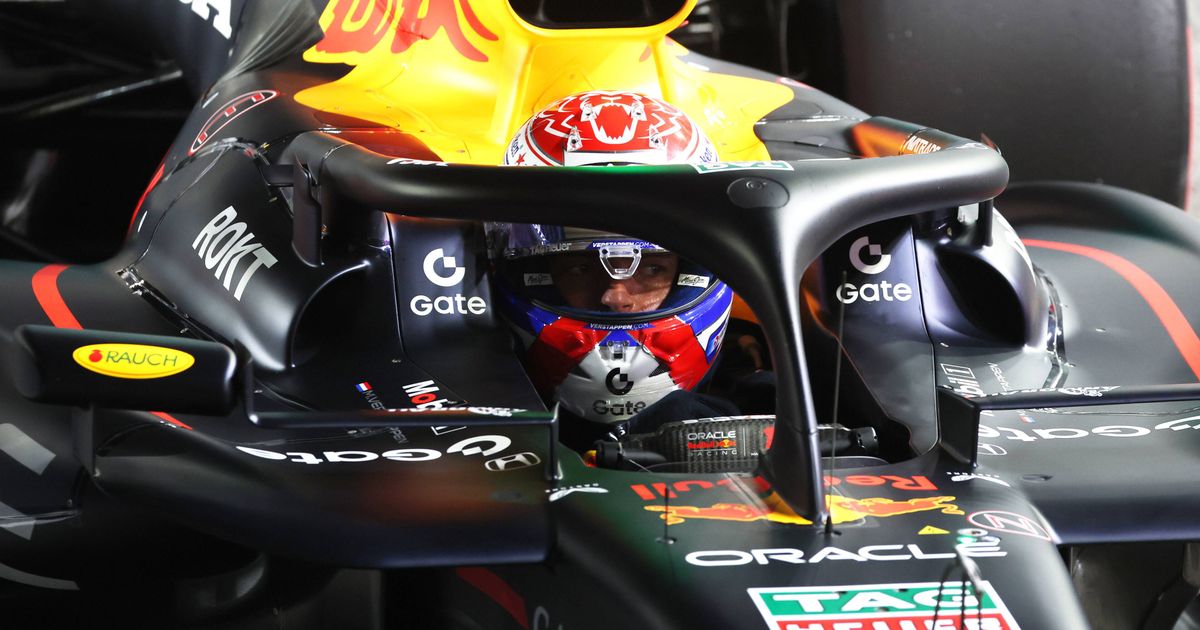
Red Bull's 2026 Gamble: Prioritizing Current Success Over Future Dominance
Red Bull is currently pushing significant late-season updates for Max Verstappen's car, a move designed to keep his title hopes alive. While these efforts are yielding immediate success, the team acknowledges this strategy comes with a potential trade-off: a disadvantage for their 2026 car development, as resources are diverted from future projects.
Why it matters:
Red Bull's decision to extend development on the current car deeper into the season is a high-stakes gamble. It underscores the intense pressure to perform now but could have long-term implications for their competitive position under the new 2026 regulations. This strategic choice highlights the delicate balance F1 teams must strike between immediate success and future preparation, especially with major regulation changes on the horizon.
The Details:
- Current Success: Max Verstappen has returned to winning form, securing two victories and two second-place finishes. This resurgence is attributed to recent updates, including a new floor at Monza and a front wing for Singapore, which are now performing as intended.
- Extended Development: Unlike rivals such as McLaren, who have halted development on their current car (MCL39) to focus entirely on 2026, Red Bull continues to introduce and test updates on their 2025 challenger. This extended development cycle provides an immediate competitive advantage.
- Team Principle's Stance: Red Bull Team Principal Laurent Mekies admits the team is taking a risk but fully supports the decision. He emphasized the importance of understanding the current project's performance potential to validate their development tools and methodologies for future cars, even under different regulations.
- Resource Allocation: Continued focus on the RB21 means engineers and resources are still tied to the current car, potentially limiting the staff and budget dedicated to the 2026 project. Budget cap constraints also play a role, as every euro spent on the current car cannot be allocated to future development.
- Future Validation: Mekies stated that proving their development process with the current car provides confidence for the 2026 project. However, unresolved issues with the current car could also carry over, impacting future performance.
Between the lines:
Red Bull's strategy isn't just about winning races today; it's also about validating their internal processes. By pushing the limits of their current car, they are rigorously testing their design and analysis tools. If these tools prove effective in extracting performance now, it gives them greater confidence that they can apply the same methodologies to the radically different 2026 regulations. It's a real-world stress test for their engineering philosophy.
What's next:
The full implications of Red Bull's strategic gamble will only become clear when the 2026 season arrives. While the immediate boost to Verstappen's title chances is evident, the long-term impact on their readiness for the new regulations remains a significant question mark. The success of this approach hinges on whether the validation of their development tools outweighs the potential delay in dedicated 2026 car design and production.
Original Article :https://www.gpblog.com/en/features/major-disadvantage-for-verstappen-red-bull-ta...


